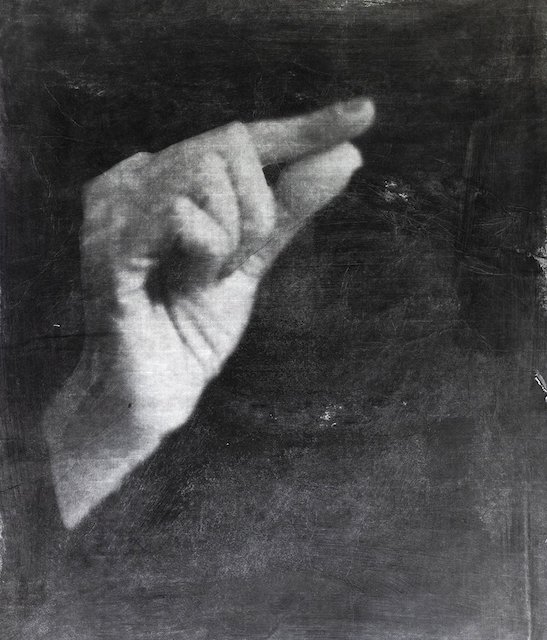Featured in

- Published 20241105
- ISBN: 978-1-923213-01-2
- Extent: 196 pp
- Paperback, ebook, PDF


Already a subscriber? Sign in here
If you are an educator or student wishing to access content for study purposes please contact us at griffithreview@griffith.edu.au
Share article
More from author

Nobody panic
Non-fictionThe desert of the real is now where most teens search for answers to life’s big questions: what is love? Who am I? What is truth? The images of reality we create hold messages about reality. Copies of copies of copies though they may be, they nonetheless have a material effect on our children’s thoughts, behaviours, opinions. Consumerism. Communism. Sexism. Cancelism. Nationalism. Anarchism. Stoicism. Humanism. Ideas about what we should live like, look like and love like, what it means to be a man or a woman, what it means to be an individual or part of a community, are all displayed on a screen in their pockets. The influence is profound, but not necessarily sinister if they are taught to interrogate what they consume.
More from this edition

Five million years on the right side of history
Non-fiction WHEN ALIENS LOOK back on the first decades of the twenty-first century, they might be surprised that we humans busied ourselves debating geological time...

Through the looking glass
In Conversation Photography and truth have always had a complicated relationship. Long before AI and deepfakes recalibrated our trust in the medium, we’ve seen reality reinterpreted...

Staying faithful to Earth
Non-fictionIt is a startlingly new discovery that there are more planets than stars in our galaxy. Even if early astronomers (like Kepler) intuited that other suns must have planets, we didn’t have definitive proof until very recently that our solar system is not unique in consisting of planets orbiting a star. The first exoplanet was confirmed in 1992; the first exoplanet around a star similar to our sun was discovered in 1995. The latest count is over 5,000 and growing. Discoveries have stacked up so fast that astronomers and astrophysicists who used to know each individual exoplanet by name now say it’s impossible to keep track of those that exist in just one small part of the Milky Way, with thousands more expected to be found in the coming years.